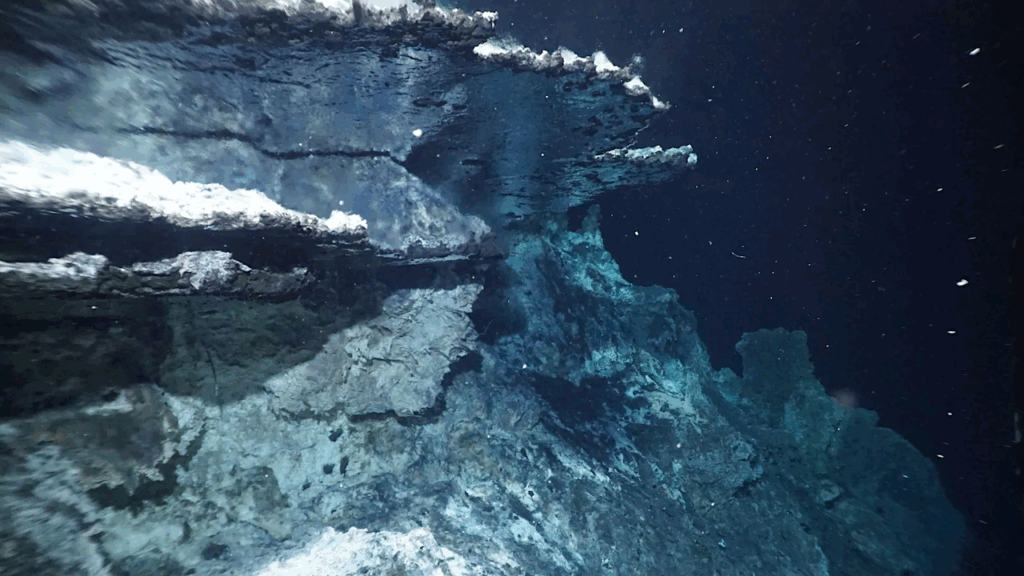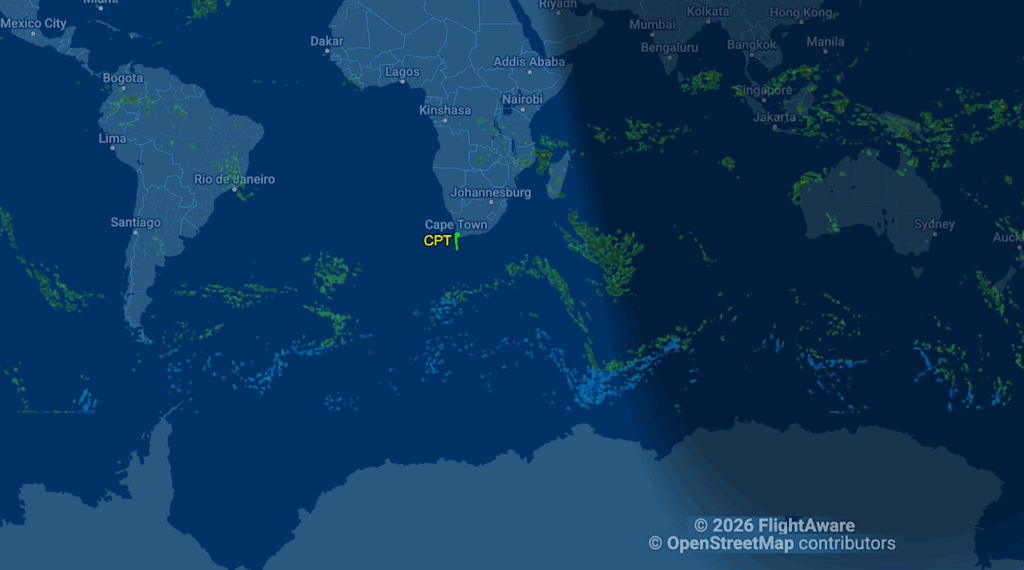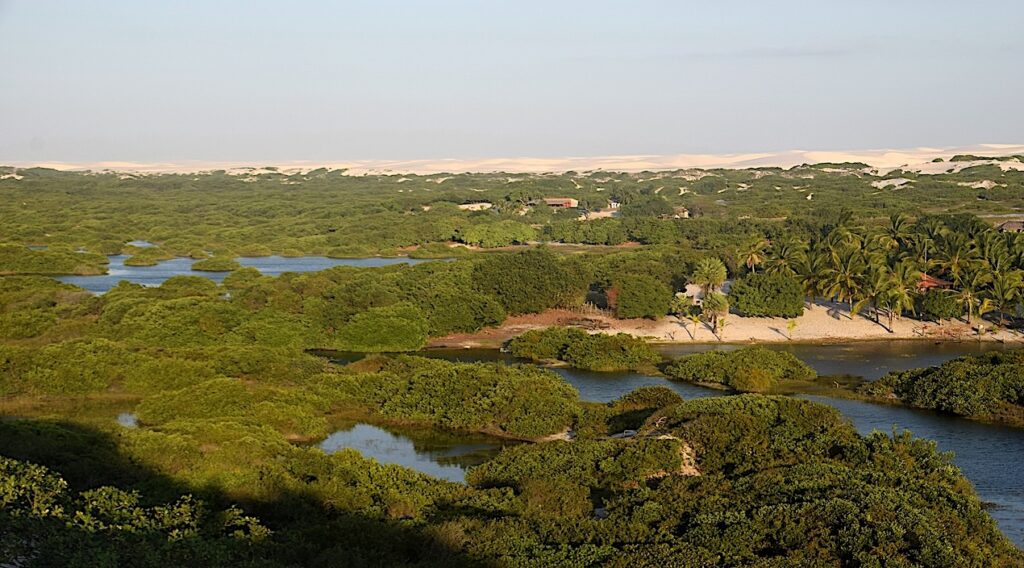Tricorder In The Field: Solving Everest’s Wildlife Mysteries with eDNA

Scientists discover evidence of 187 taxonomic orders from just 20 liters of water collected in one of the Earth’s harshest environments
A team of scientists led by the Wildlife Conservation Society (WCS) and Appalachian State University used environmental DNA (eDNA) to document the breadth of high-alpine biodiversity present on Earth’s highest mountain, 29,032-foot Mt. Everest (8,849 m). This critical work is part of the groundbreaking 2019 National Geographic and Rolex Perpetual Planet Everest Expedition, the most comprehensive single scientific expedition to the mountain in history.
Describing their findings in the journal iScience, the team collected eDNA from water samples over a four-week period in ten ponds and streams between 14,763 feet (4,500 meters) and 18,044 feet (5,500 meters). The sites included areas of the alpine zone that exist above the tree line and contain an array of flowering plants and shrub species, along with the aeolian zone that reaches beyond the range of flowering plants and shrubs at the uppermost reaches of the biosphere. From just 20 liters of water, they identified organisms belonging to 187 taxonomic orders, which corresponds to 16.3 percent, or one sixth, of the total known orders across the tree of life – a family tree of Earth’s biodiversity.
eDNA searches for trace amounts of genetic material left behind by organisms and wildlife and offers a more accessible, rapid, and comprehensive approach to increasing survey capacity for assessing biodiversity in aquatic environments. Samples are collected using a sealed cartridge containing a filter that captures genetic material that is later analyzed at a lab using DNA metabarcoding and other sequencing methodologies. WCS has been using eDNA for detection of rare and threatened species from humpback whales to Swinhoe’s softshell turtle, one of the rarest species on the planet.

Heat map of the number of sequence reads of bacteria identified and classified to taxonomic order using SingleM and the Greengenes database from each site.
Although the Everest study focused on identification at the order level, the team was able to identify many organisms to the genus or species level.
For example, the team identified both rotifers and tardigrades, two tiny animal organisms that are known to occur in the harshest and most extreme environments and are considered to be among the most resilient animals known on Earth. In addition, they identified Tibetan snow cock, which are found in Sagarmatha National Park, and were surprised to find species such as domestic dog and chicken, representing how human activities are influencing the landscape.
They also identified pine trees, which only are found far downhill from where they sampled, demonstrating how wind-blown pollen can make its way high up into these watersheds. Another organism they identified from several sites were mayflies, which are known indicator species for environmental change.
The eDNA inventory will aid future high-Himalayan biomonitoring and retrospective molecular studies to assess changes over time as climate-driven warming, glacial melt, and human-caused influences reshape this rapidly transforming world-renowned ecosystem.
Said Dr. Tracie Seimon of WCS’s Zoological Health Program, co-lead of the Everest biology field team and lead of the study: “High-alpine and aeolian environments, which have often been thought of as barren and mostly devoid of life, in fact have abundant biodiversity. High mountain environments including Mount Everest should be recognized as a target for sustained long-term biodiversity monitoring of high-alpine taxa to complement bioclimatic monitoring and climate change impact assessments.”
Said Dr. Marisa Lim of the Wildlife Conservation Society: “We went in search for life on the roof of the world. This is what we found. However, the story does not end here. There is more to be discovered and we hope our findings help to inform future exploration.”
Said Dr. Anton Seimon, co-lead of the field study, National Geographic Explorer, and Research Assistant Professor at Appalachian State University: “A century ago, when asked, ‘Why go to Mt Everest?’, the British mountaineer George Mallory famously replied ‘Because it’s there’. Our 2019 team had a rather different perspective: we went to Mt Everest because it is informative, it can teach us things about the world we live in.”
By providing this open-source dataset to the research community, the authors hope to contribute towards the continued efforts to build up molecular resources to study and track the shifts in biodiversity of Earth’s highest mountain.
ARTICLE CITATION: Lim et al., Estimating biodiversity across the tree of life on Mount Everest’s southern flank with environmental DNA, iScience (2022) Marisa C.W. Lim,1Anton Seimon,2Batya Nightingale,1Charles C.Y. Xu,3Stephan R.P. Halloy,4Adam J. Solon,5Nicholas B. Dragone,5Steven K. Schmidt,5Alex Tait,6Sandra Elvin,6Aurora C. Elmore,6,7and Tracie A. Seimon1,8,
1 Wildlife Conservation Society, Zoological Health Program, Bronx Zoo, Bronx,NY 10460, USA
2 Appalachian State University, Department of Geography and Planning, Boone, NC 28608, USA
3 McGill University, Redpath Museum and Department of Biology, Montreal, H3A 0G4,CanadaQ9
4 Ministry for Primary Industries, Wellington 6011,New Zealand
5 University of Colorado, Department of Ecology and Evolutionary Biology, Boulder, CO 80309, USA
6 National Geographic Society, Washington, D.C.20036, USAQ10
7 National Oceanic and Atmospheric Administration, Silver Spring, MD 20910, USA
8 Lead contact*Correspondence
WCS (Wildlife Conservation Society)
MISSION: WCS saves wildlife and wild places worldwide through science, conservation action, education, and inspiring people to value nature. To achieve our mission, WCS, based at the Bronx Zoo, harnesses the power of its Global Conservation Program in nearly 60 nations and in all the world’s oceans and its five wildlife parks in New York City, visited by 4 million people annually. WCS combines its expertise in the field, zoos, and aquarium to achieve its conservation mission. Visit: newsroom.wcs.org Follow: @WCSNewsroom. For more information: 347-840-1242. Listen to the WCS Wild Audio podcast HERE.
About Appalachian State University
As the premier public undergraduate institution in the Southeast, Appalachian State University prepares students to lead purposeful lives as global citizens who understand and engage their responsibilities in creating a sustainable future for all. The Appalachian Experience promotes a spirit of inclusion that brings people together in inspiring ways to acquire and create knowledge, to grow holistically, to act with passion and determination, and to embrace diversity and difference. Located in the Blue Ridge Mountains, Appalachian is one of 17 campuses in the University of North Carolina System. Appalachian enrolls nearly 21,000 students, has a low student-to-faculty ratio and offers more than 150 undergraduate and graduate majors.
About Perpetual Planet Expeditions
The National Geographic and Rolex partnership supports expeditions to explore the planet’s most critical environments. By harnessing world-renowned scientific expertise and cutting-edge technology that reveal new insights about the systems that are vital to life on Earth, these expeditions help scientists, decision-makers, and local communities plan for and find solutions to the impacts of climate and environmental change while illuminating the wonder of our world through impactful storytelling.
About Rolex’s Perpetual Planet Initiative
For nearly a century, Rolex has supported pioneering explorers pushing back the boundaries of human endeavour. The company has moved from championing exploration for the sake of discovery to protecting the planet, committing for the long term to support individuals and organizations using science to understand and devise solutions to today’s environmental challenges.
This engagement was reinforced with the launch of the Perpetual Planet initiative in 2019, which initially focused on individuals who contribute to a better world through the Rolex Awards for Enterprise, on safeguarding the oceans through a partnership with Mission Blue, and on understanding climate change as part of its association with the National Geographic Society.
An expanding portfolio of other partnerships embraced by the Perpetual Planet initiative now include: the Under The Pole expeditions, pushing the boundaries of underwater exploration; the One Ocean Foundation and Menkab, both protecting cetacean biodiversity in the Mediterranean; the Xunaan-Ha Expedition, shedding light on water quality in Yucatán, Mexico; the B.I.G expedition to the North Pole in 2023, gathering data on threats to the Arctic; Hearts In The Ice, also collecting climate change information in the Arctic; the Monaco Blue Initiative that brings together experts on solutions for ocean conservation.
Rolex also supports organizations and initiatives fostering the next generations of explorers, scientists and conservationists through scholarships and grants such as Our World-Underwater Scholarship Society and The Rolex Explorers Club Grants.
About National Geographic Society
The National Geographic Society is a global nonprofit organization that uses the power of science, exploration, education and storytelling to illuminate and protect the wonder of our world. Since 1888, National Geographic has pushed the boundaries of exploration, investing in bold people and transformative ideas, providing more than 15,000 grants for work across all seven continents, reaching 3 million students each year through education offerings, and engaging audiences around the globe through signature experiences, stories and content. To learn more, visit www.nationalgeographic.org or follow us on Instagram, Twitter and Facebook.
Wildlife Conservation Society (WCS)
MISSION: WCS saves wildlife and wild places worldwide through science, conservation action, education, and inspiring people to value nature. To achieve our mission, WCS, based at the Bronx Zoo, harnesses the power of its Global Conservation Program in nearly 60 nations and in all the world’s oceans and its five wildlife parks in New York City, visited by 4 million people annually. WCS combines its expertise in the field, zoos, and aquarium to achieve its conservation mission. Visit: newsroom.wcs.org. Follow: @WCSNewsroom. For more information: +1 (347) 840-1242.








